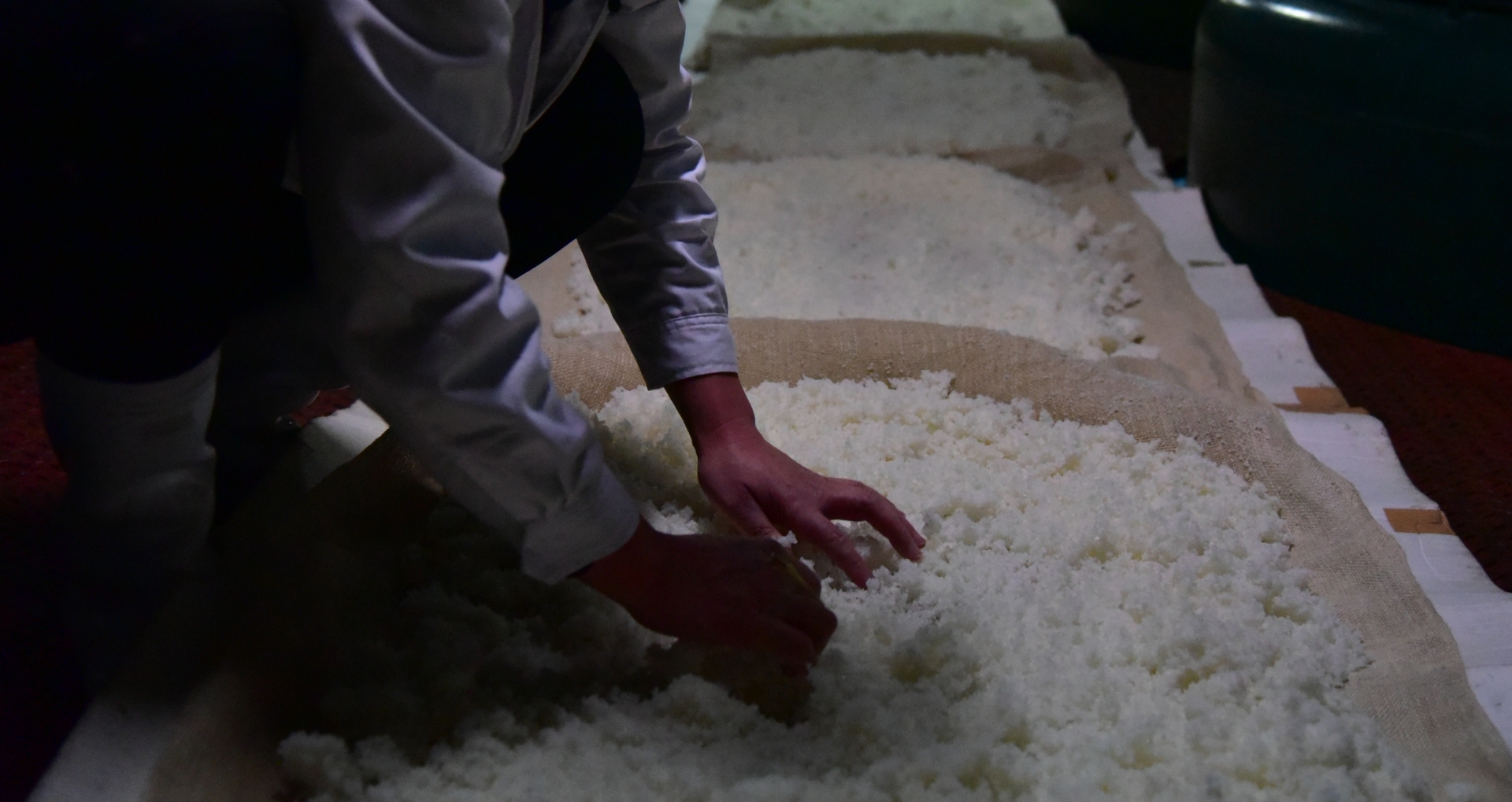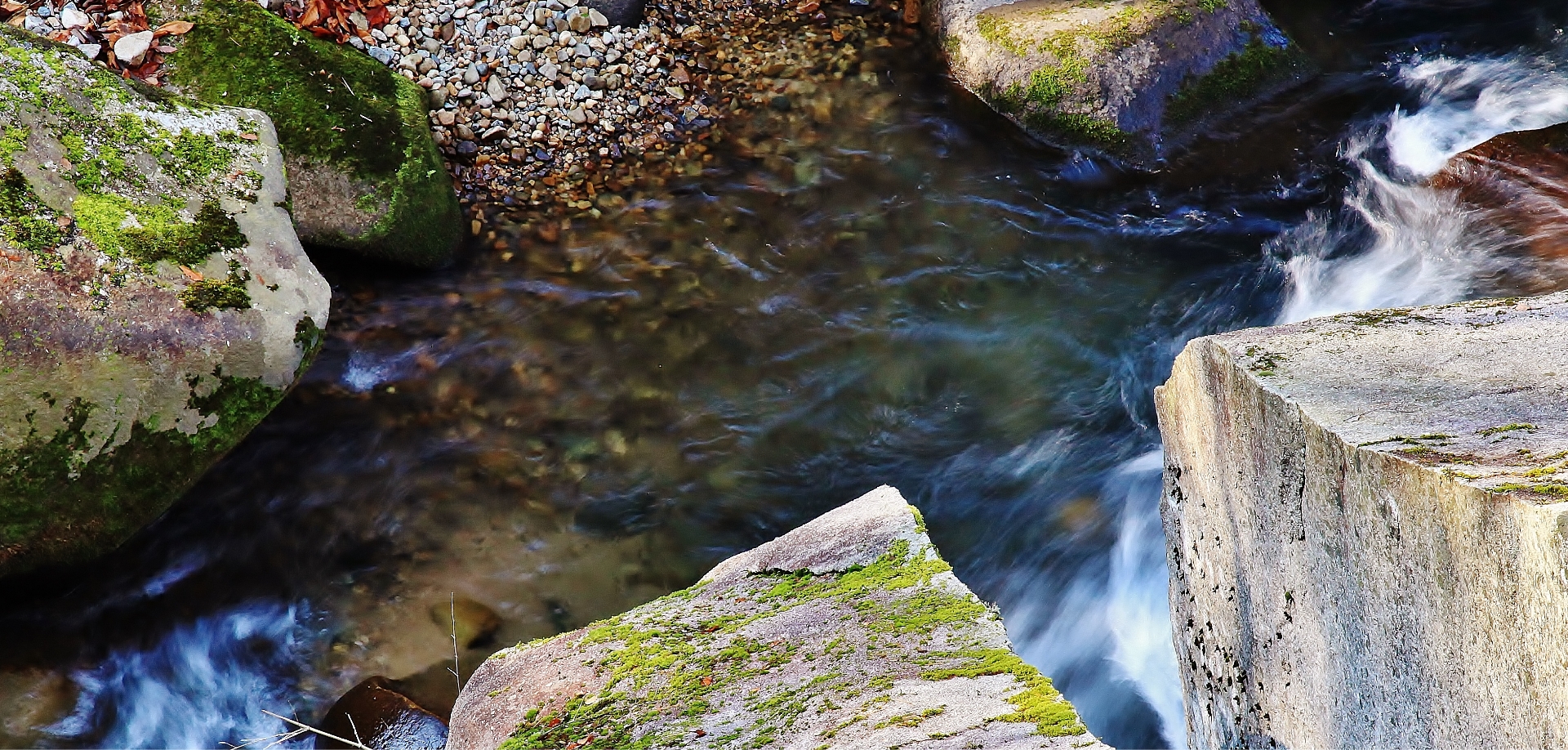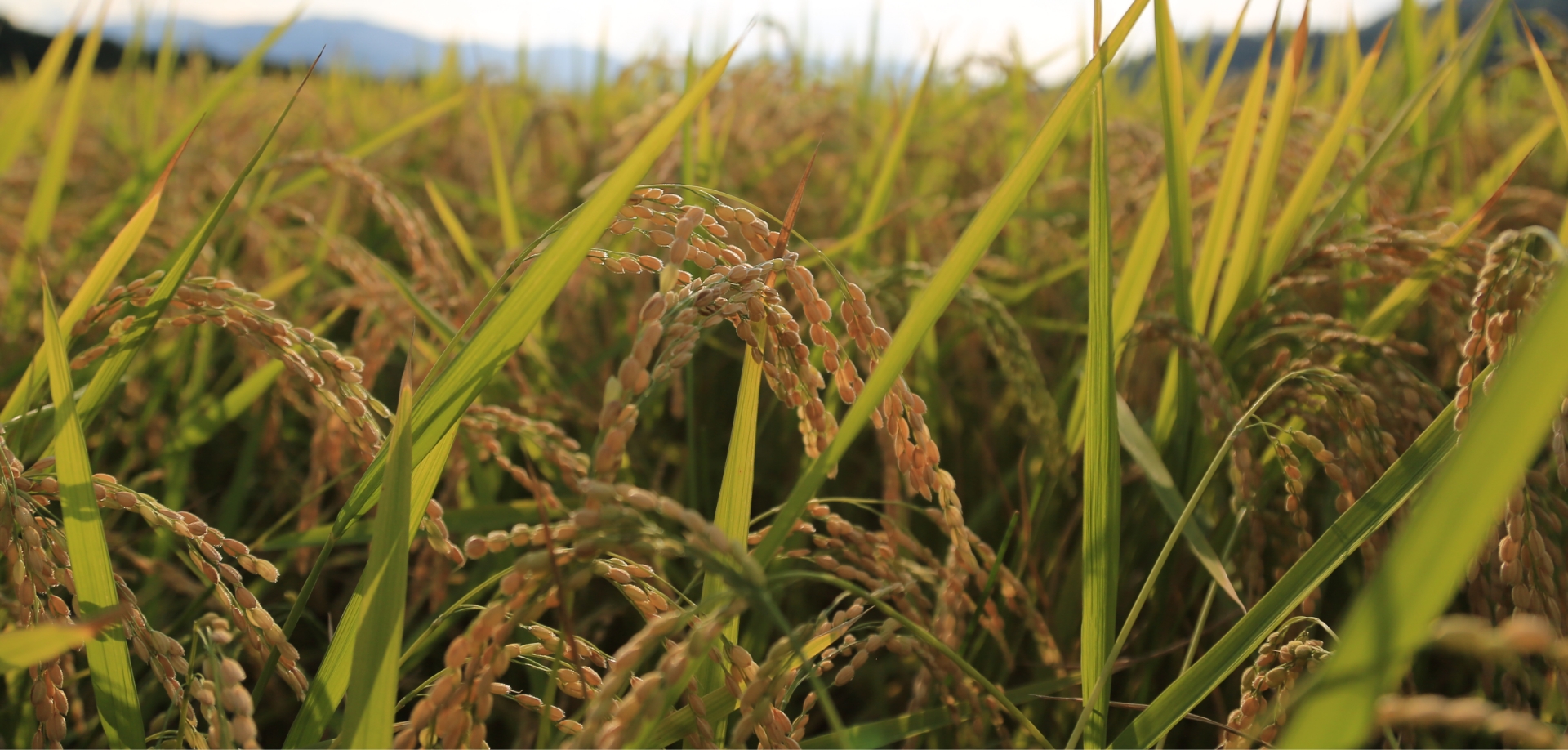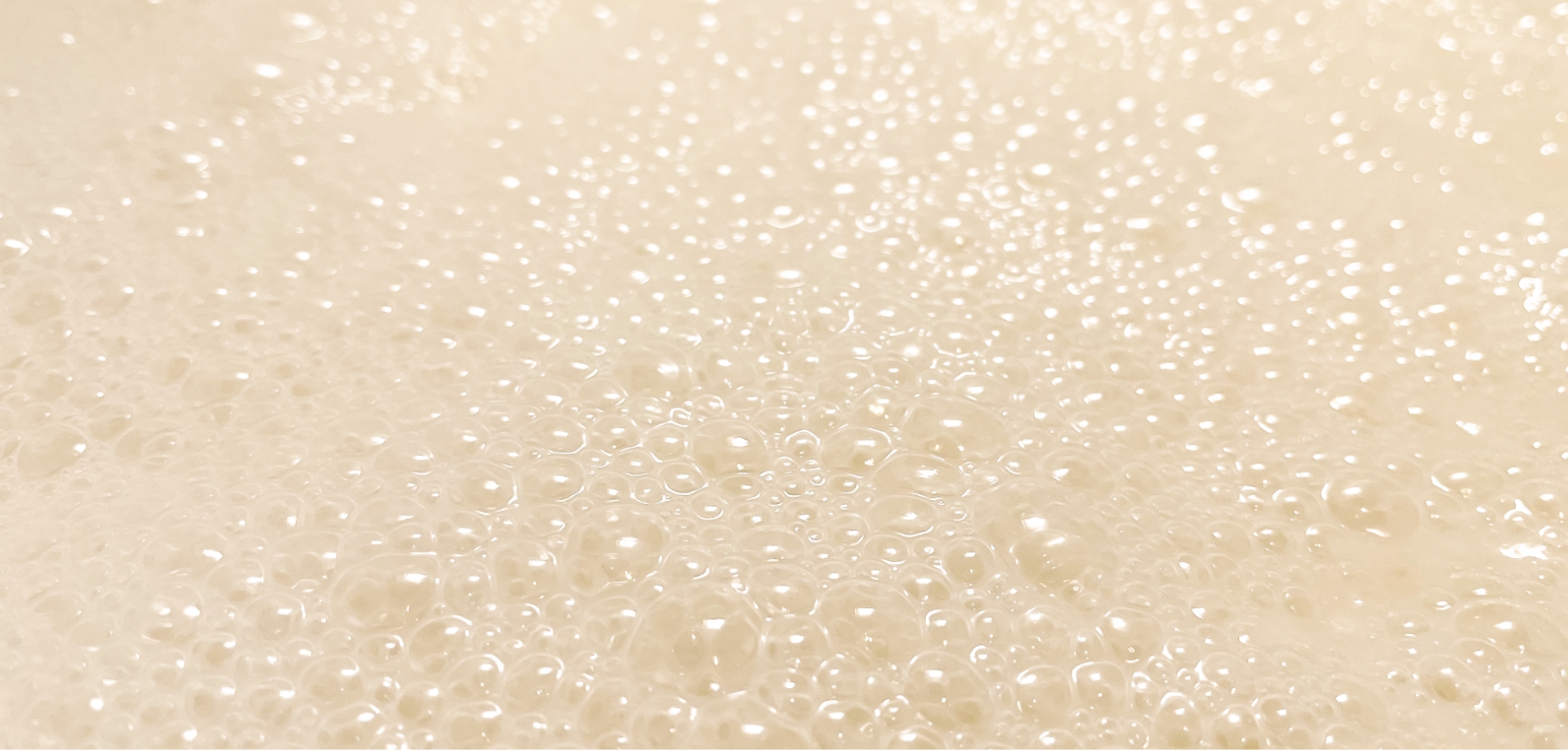 Environment
Environment
< Shimane Pref. >
・Izumo Taisha, the Land Where Gods Gather
October on the lunar calendar is the month in which countless gods gather in the land of Izumo, which is the old name for Shimane Prefecture. It is called kannazuki (the month when there are no gods) because all the other regions are missing their gods. However, in Izumo, it is called kamiarizuki (the month when there are gods). Legend has it that once a year, gods all over Japan would gather at Izumo Taisha, where Okuninushi no Okami, the deity that governs all divine work invisible to the eye, is enshrined. They would hold a gods’ conference to discuss matchmaking for people’s happiness. Kamiari is when gods from all across Japan gather at Izumo Taisha. A divine welcome ritual for the gods, abundant with ancient rituals, is held roughly one kilometer to the west of Izumo Taisha at Inasa Beach.
・Shimane, the Birthplace of Sake
Many legends have been passed down in the Izumo region, including Japan’s oldest historical documents such as the Kojiki and the Nihon Shoki. Through such times, sake has played a big role.
The story goes back to 1300 years ago at Saka Shrine in Izumo. The Gazetteer of Izumo Province, which was compiled in the Nara period, has the following record, “A great number of gods gathered, built a kitchen for cooking, and made sake. And for a long time, they would leave after a drinking party every night. Saka Shrine’s ‘Saka’ comes from sakamizuki (drinking party).” It is said that Kusu no Kami, the sake brewing god,was enshrined there, making it the birthplace of sake.
Similarly, it is said that the gods would make one final stop at Mankusen Shrine in Izumo for a naorai after the gods finished their conference during kamiarizuki. Naorai refers to a ceremonial party or banquets. It was a time and place for the gods to enjoy sake as they prepared their minds to go back to their daily lives. As the gods drank together there, they would promise to reunite the following year and travel home.
< Okuizumo-cho >
・The Village of Legends and the Tatara, Okuizumo
It is said that Susano no Mikoto descended onto Mt. Torikami (currently Mt. Sentsu), located at Okuizumo where we brew our sake. Susano no Mikoto met Kushinaguhime, who was to be sacrificed to a giant monster named Yamata no Orochi that was ravaging the lands. Susano no Mikoto prepared eight tubs of strong sake, placed the monster’s head in the tubs and forced him to drink. The intoxicated Yamata no Orochi fell asleep, and Susano no Mikoto then vanquished the monster with his sword. This alcohol has been passed down through generations as Yashiori sake.
・Okuizumo Nature and Sake Brewing
Among the mountains in eastern Shimane Prefecture is Okuizumo’s Nita District. Surrounded by the Chūgoku Mountains, the district experiences heavy snowfall due to the seasonal winds blowing against the East Sea. Despite the harsh weather, the land is blessed with bountiful nature. Their rice is famous, as people say “the east has Uonuma rice, and the west has Nita rice.” Nita rice is the leading variety of rice in the Chūgoku region, a region known for great sake rice. Mt. Sentsu, the mountain onto which Susano no Mikoto descended, is the water source for Hinokawa (currently the Hii River), which has abundant water of slightly soft water quality that supports both the rice cultivation and sake brewing in the region.
![Hikami Sake Brewery| Okuizumo Shimane [Nanakanba,Tamahagane]](https://en.sake-hikami.co.jp/enhk/wp-content/themes/en2022/img/logo.svg)








